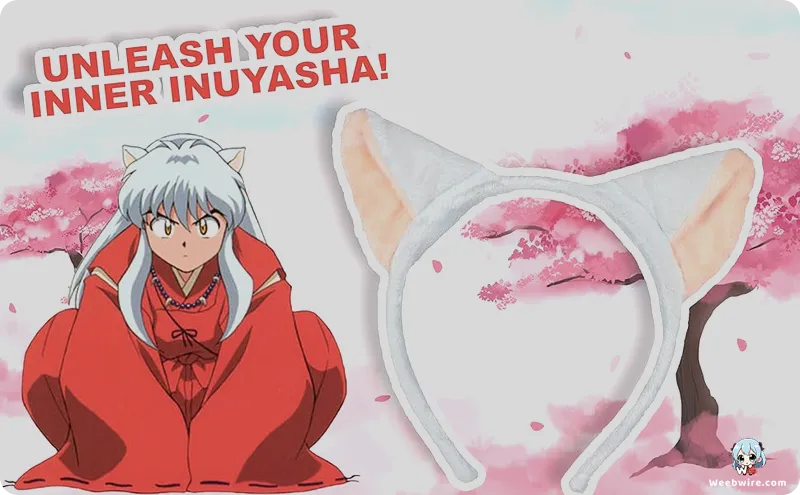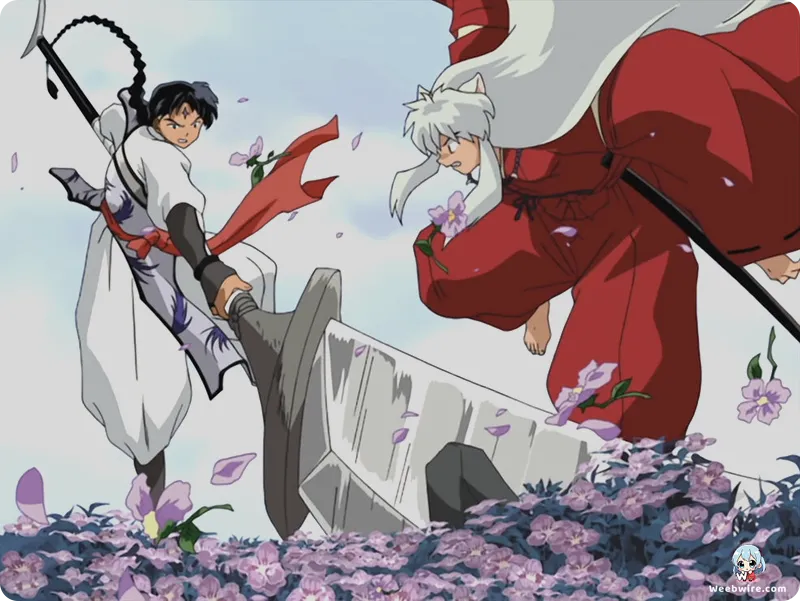InuYasha's Hidden Depths: Unearthing the Enduring Charms of a Beloved Anime Classic

In the vast landscape of anime, few series have captured hearts quite like InuYasha. Premiering in October 2000, this timeless tale of a half-demon, a modern-day schoolgirl, and their quest for the Shikon Jewel swiftly cemented its classic status. Beyond its celebrated battles and romances, a deeper look reveals fascinating, often overlooked details that enrich its enduring legacy.
The Narrative Genius of 'Osuwari!'
One of InuYasha's most iconic elements is Kagome Higurashi’s command, “Osuwari!” or “Sit!” This seemingly simple gag, which sends InuYasha comically plummeting, is a stroke of narrative genius. Beyond its humor, it subtly establishes Kagome’s unique authority over the stubborn half-demon, crucially defining their evolving relationship and her indispensable role. It’s a prime example of how a small detail carries significant narrative weight.

Sesshomaru's Remarkable Evolution
The character evolution of InuYasha’s older brother, Sesshomaru, is another highlight. Initially a cold, formidable antagonist, his transformation into a complex, albeit stoic, protector is a series triumph. His unexpected bond with the human orphan Rin reveals a rare compassionate side, evolving him from a one-dimensional villain into a nuanced anti-hero and a firm fan favorite, showcasing remarkable depth.
Rumiko Takahashi's Masterful Blending of Genres
Legendary mangaka Rumiko Takahashi masterfully blends genres in InuYasha. Pivoting from the pure comedy and romance of her earlier works, she seamlessly integrated serious action and fantasy, yet retained her signature comedic touch. Kagome’s modern-day presence was brilliant, creating delightful cultural clashes. Her practical items from the future, from instant ramen to a bicycle, offered both humor and surprisingly effective solutions, bridging two distinct eras.
The Profound Symbolism of the Shikon Jewel
The Shikon Jewel, the story's central MacGuffin, holds profound symbolism. Its fragmented nature and the struggle for its shards reflect inherent duality. The jewel's ability to grant wishes, often with destructive consequences, serves as a cautionary tale about unchecked desire, intricately woven with themes of purity, corruption, and redemption.
A Rich Tapestry of World-Building and Enduring Allure
Spanning 167 anime episodes, four movies, and the Yashahime: Princess Half-Demon sequel, InuYasha boasts extensive world-building. It expertly combines Japanese folklore, including yokai, with a gripping quest narrative. This rich tapestry, coupled with Takahashi’s talent for crafting engaging romantic subplots and thrilling action, ensured the series remained captivating. Ultimately, InuYasha's lasting allure stems from these intricate details and clever choices, cementing its status as a creative triumph that continues to enchant new generations with its unique blend of humor, heart, and heroic adventure.
Credits
InuYasha
Author
Rumiko Takahashi
Cover Art
Rumiko Takahashi
Studio
Sunrise
Publisher
Shogakukan
Producers





